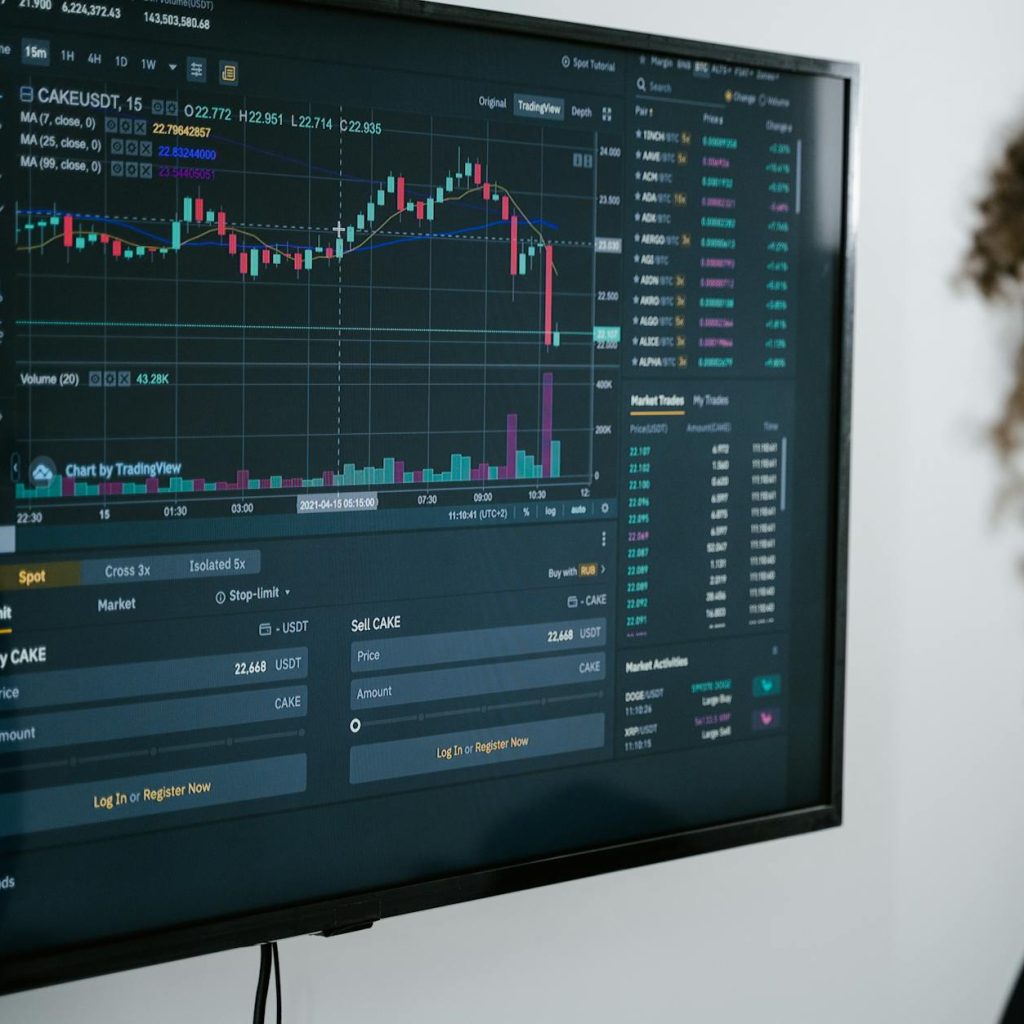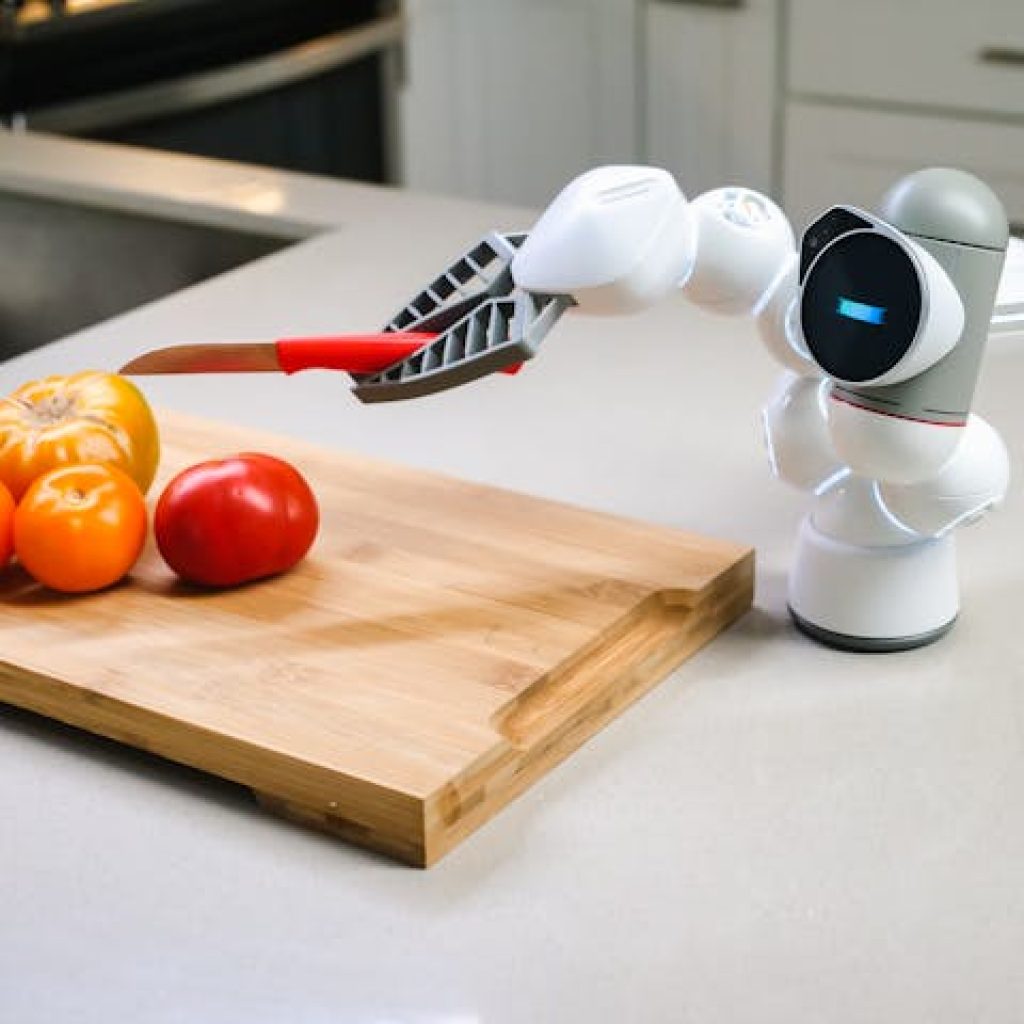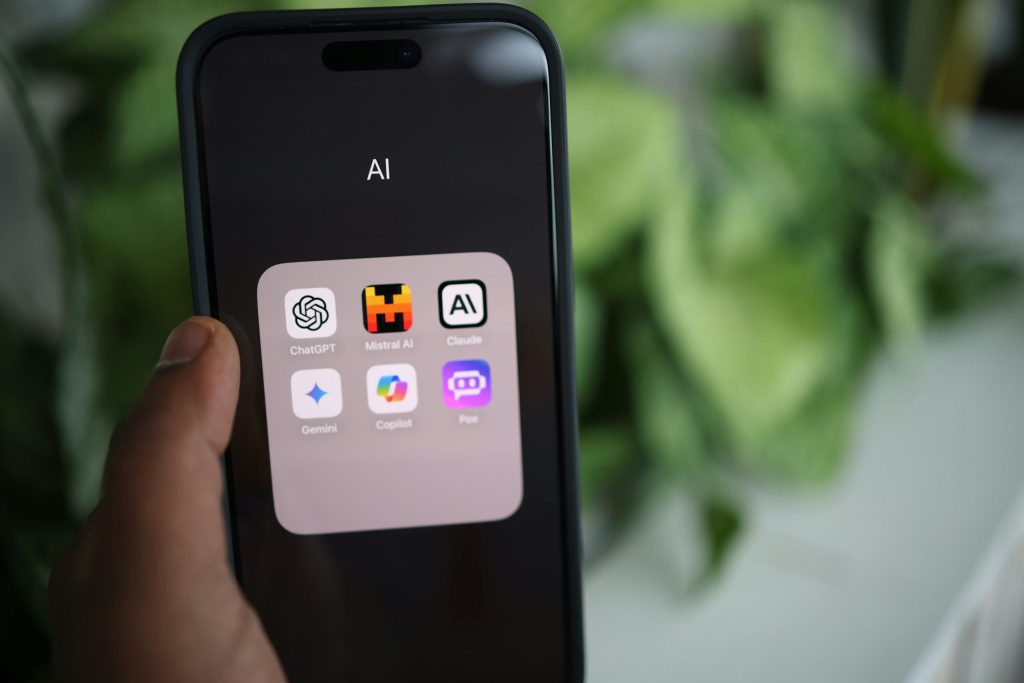Revolutionary Foldable Tech: Transforming Screens Forever
Introduction
Foldable tech is here, and it’s not just a fleeting trend—it’s a revolution that’s reshaping how we interact with screens. From smartphones and tablets to laptops and even wearables, the era of foldable displays is unlocking new possibilities for productivity, creativity, and entertainment. With the rise of AI, gadgets, and tech apps, foldable technology is poised to redefine the future of personal computing and beyond. In this article, we’ll dive into the transformative power of foldable screens, explore their real-world applications, and examine how they’re driving innovation across industries.
—
How Foldable Tech is Changing the Game for Displays
The concept of foldable screens has been around for years, but recent advancements in materials science and engineering have finally made them a reality. Companies like Samsung, Lenovo, and TCL are leading the charge with cutting-edge designs that combine flexibility and durability.
Breaking Free from Rigid Screens
Smartphones are among the first devices to benefit from foldable tech. The Samsung Galaxy Z Fold series, for instance, offers a foldable smartphone that doubles as a mini-tablet. This form factor is a game-changer for multitasking, allowing users to switch seamlessly between phone and tablet modes. Imagine having a full-sized keyboard on one half of the screen while composing an email or watching a video on the other—this is what foldable tech makes possible.
Similarly, Lenovo’s ThinkPad X1 Fold is pushing the boundaries for enterprise users. This 13-inch foldable PC weighs just 2.2 pounds, making it a portable powerhouse for professionals on the go. With a built-in kickstand and optional keyboard, it’s redefining how we think about laptops.
The Promise of Rollable and Bendable Displays
While foldable screens are making waves, rollable displays are the next frontier. TCL, for example, showcased a rollable smartphone prototype in 2021 that can extend from a 6.7-inch display to a 7.5-inch screen with just the touch of a button. This kind of versatility could revolutionize how we consume media, with larger screens for movies and games and compact designs for everyday use.
Bendable displays are another exciting area of exploration. Imagine a smartwatch that expands into a full-color display or a pair of augmented reality (AR) glasses with a flexible screen that curves around your face. These innovations are no longer the stuff of science fiction—they’re being developed as we speak.
—
Enhancing User Experience with Foldable Screens
Foldable tech isn’t just about aesthetics; it’s about creating a better user experience. By offering more screen real estate in a compact form factor, foldable devices are unlocking new ways to work, play, and connect.
Multitasking Made Easy
One of the biggest advantages of foldable screens is their ability to multitask. Take the Galaxy Z Fold3, for example. With its 7.6-inch display, you can have multiple apps open at once, making it easier to juggle tasks like writing emails, browsing the web, and taking notes. At the same time, the device’s foldable design lets you tuck it into your pocket when you’re done, making it as portable as a traditional smartphone.
For professionals, foldable devices like the ThinkPad X1 Fold open up new possibilities for productivity. Imagine reviewing a presentation on a larger screen during a meeting and then folding it up to take notes on the go. This kind of flexibility is a productivity dream come true.
Gaming and Entertainment on the Go
Foldable screens are also a boon for gamers and entertainment lovers. With a larger display, you can immerse yourself in games and movies like never before. The high-resolution screens of devices like the Galaxy Z Fold series offer crisp visuals, while the foldable design lets you enjoy a cinematic experience anywhere.
Moreover, foldable tech is paving the way for new types of apps and games. Developers are already creating content optimized for foldable screens, from split-screen apps to games that utilize the folding mechanism as a gameplay feature.
—
The Challenges of Foldable Tech
While foldable screens are groundbreaking, they’re not without their challenges. Durability is one of the biggest concerns. Folding and unfolding a screen thousands of times can take a toll on the display, and early models have faced issues with creases and scratches.
Cost is another hurdle. Foldable devices are still in their early stages, and their high price points make them inaccessible to many consumers. Additionally, the materials used in foldable screens, such as plastic and ultra-thin glass, are more expensive to produce than traditional displays.
However, as the technology advances and economies of scale improve, we can expect foldable devices to become more affordable and widely available. Companies are also working on improving the durability of foldable screens, with innovations like scratch-resistant coatings and reinforced hinges.
—
Foldable Tech Beyond Smartphones
The impact of foldable tech extends far beyond smartphones and tablets. From wearables to home appliances, this technology has the potential to transform multiple industries.
Wearables and IoT Devices
Smartwatches and fitness trackers are prime candidates for foldable tech. A foldable smartwatch could offer a larger display for reading notifications and tracking fitness metrics while maintaining a sleek, compact design. Similarly, foldable displays could be integrated into smart glasses, providing users with a virtual canvas for augmented reality experiences.
Home and Automotive Applications
Foldable screens are also making their way into homes and cars. Imagine having a foldable TV that you can roll up and store when not in use, or a car dashboard with a flexible screen that adapts to different driving modes. These applications may seem futuristic, but they’re already in development.
Enterprise and Education
In the enterprise space, foldable devices like the ThinkPad X1 Fold are empowering professionals with new tools for productivity. For educators, foldable displays could enable interactive learning experiences, such as virtual field trips and collaborative projects.
—
Conclusion
Foldable tech is more than just a fad—it’s a revolution that’s redefining how we interact with screens. From smartphones and tablets to wearables and home appliances, this technology is opening up new possibilities for productivity, creativity, and entertainment. While there are challenges to overcome, the potential of foldable screens is limitless.
As we look to the future, one thing is clear: foldable tech is here to stay. Whether you’re a tech enthusiast, a busy professional, or simply someone who loves innovation, this is an exciting time to be alive.
Ready to dive deeper into the world of technology? Explore more articles like this on TechyPot.com and stay updated on the latest trends shaping our digital future.




